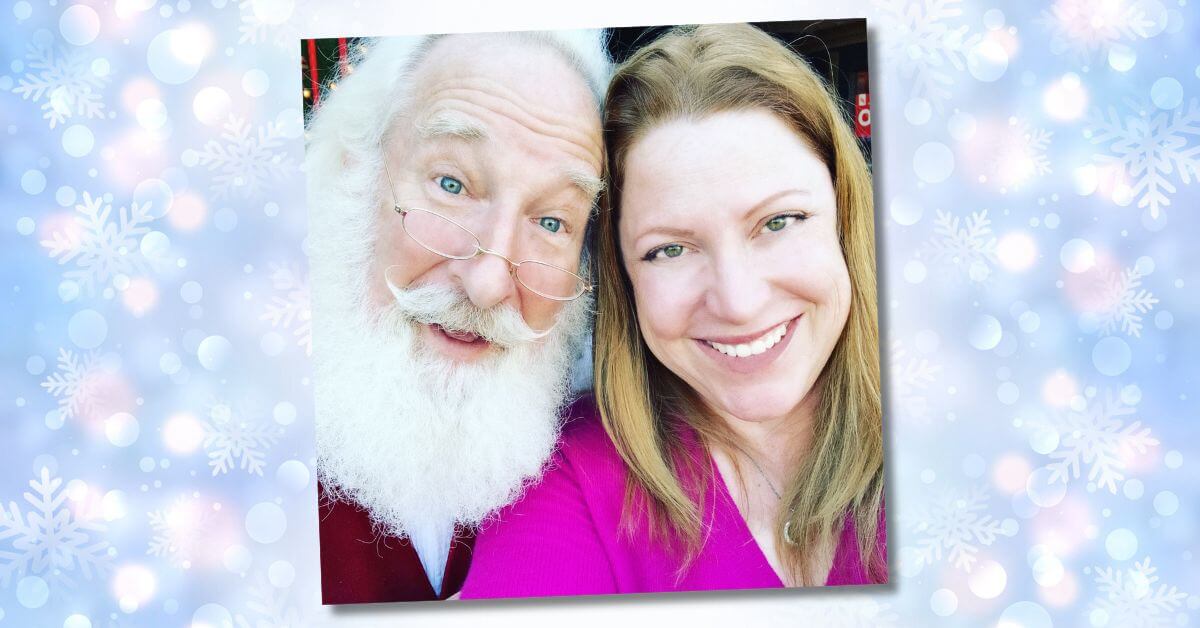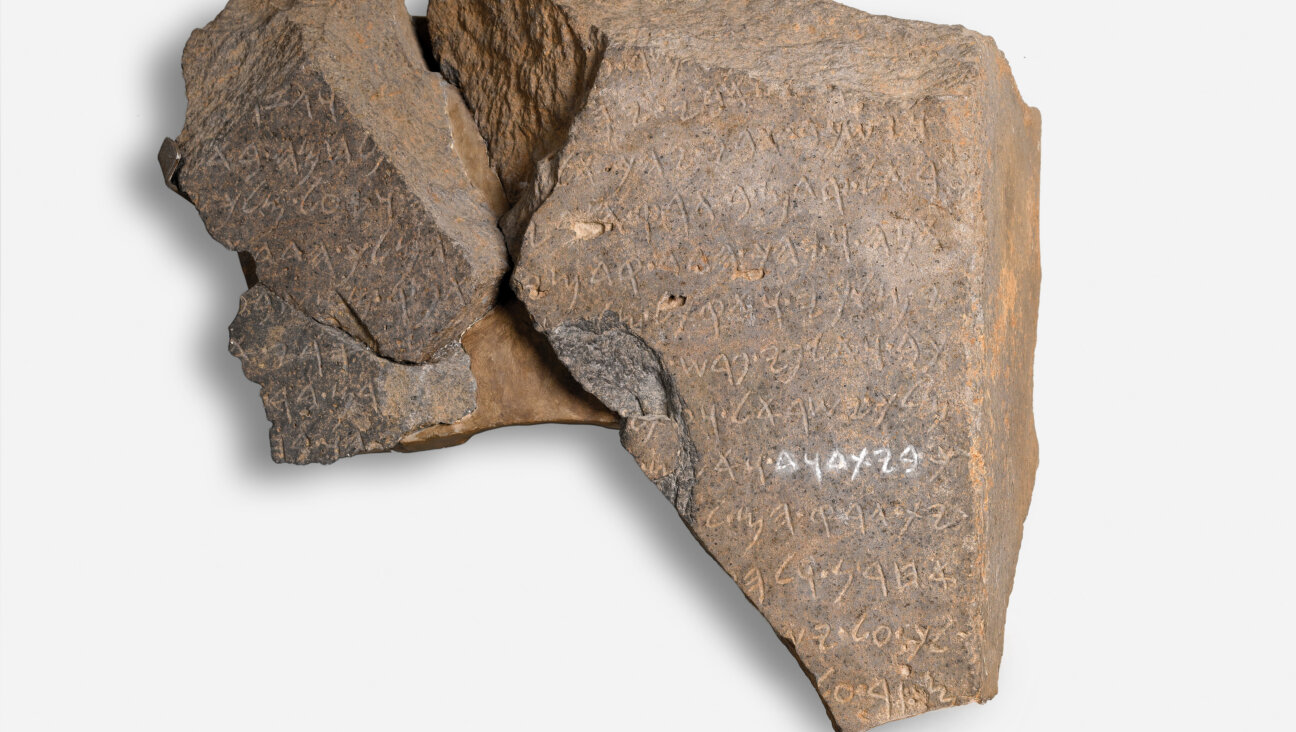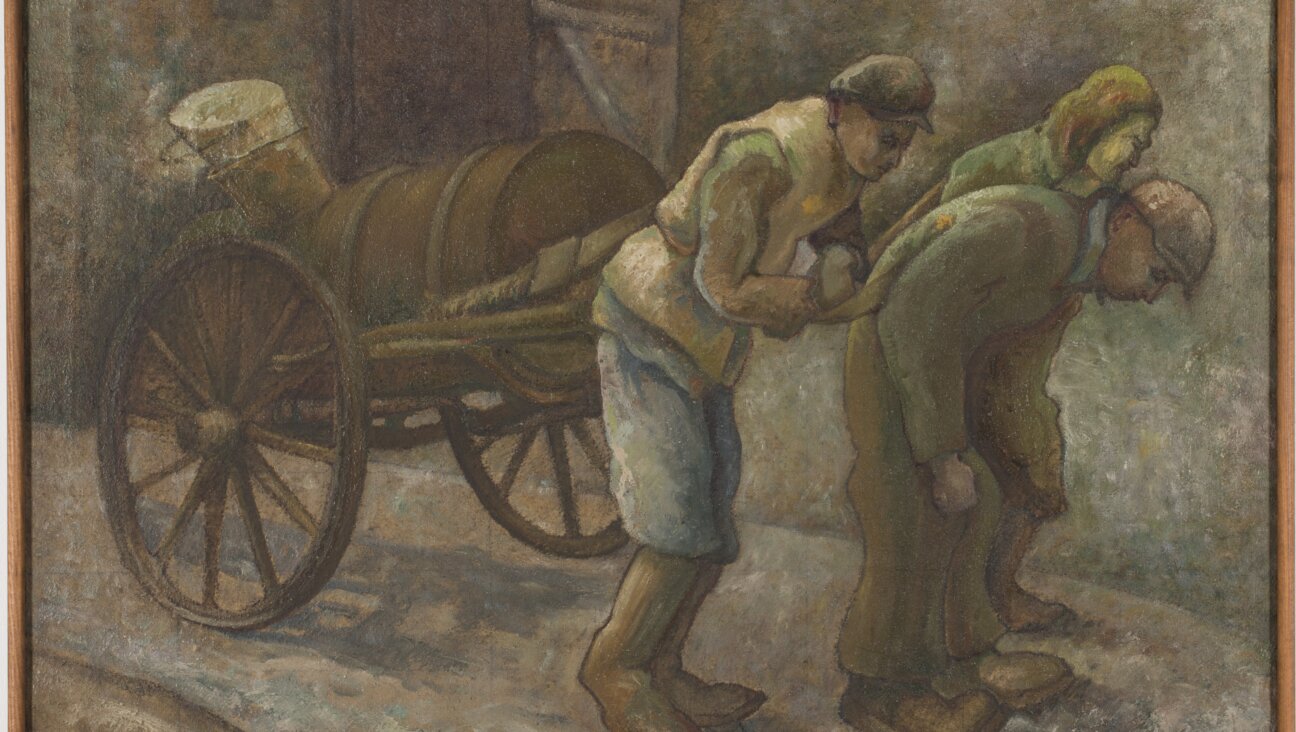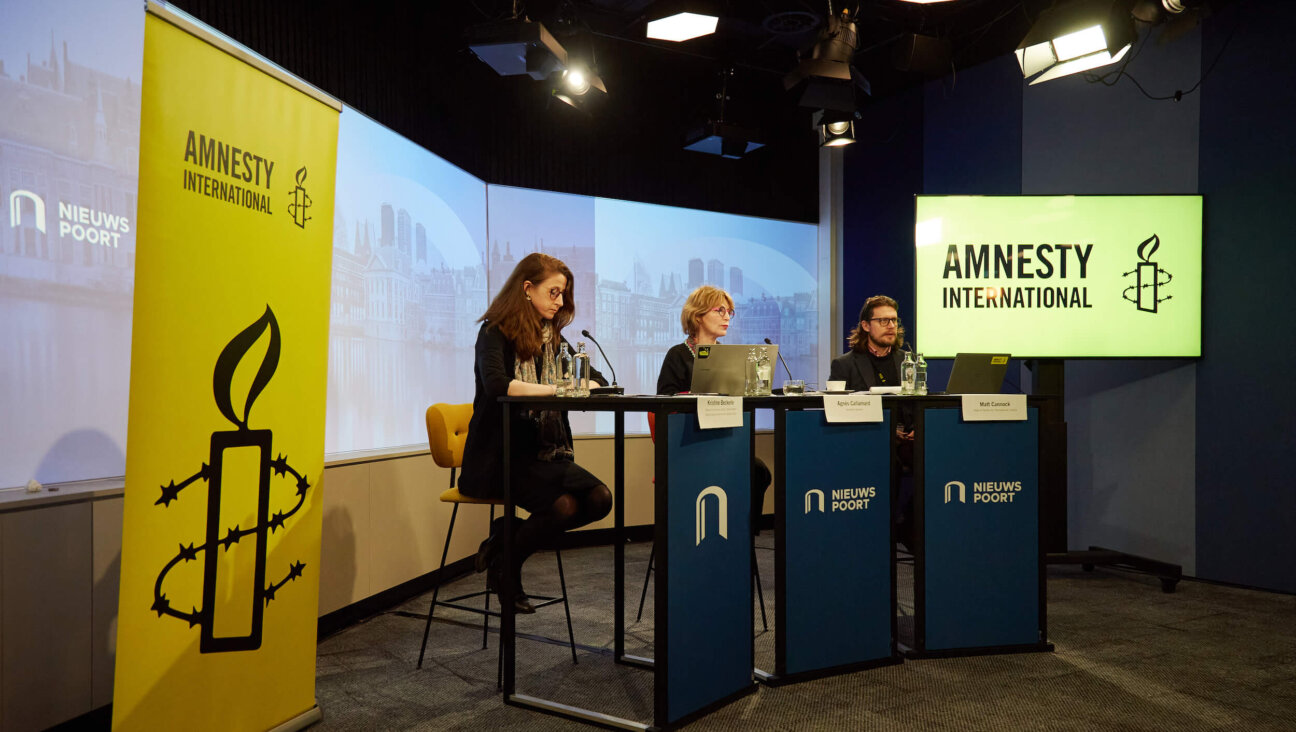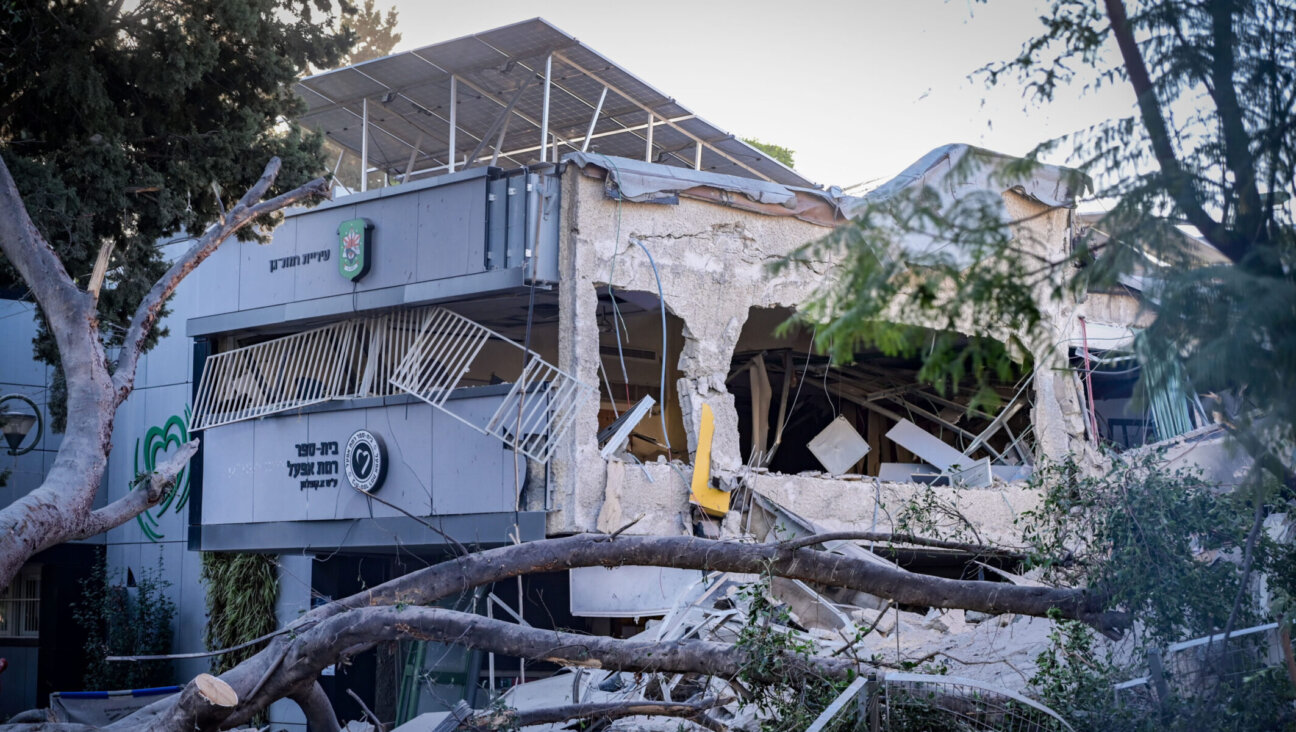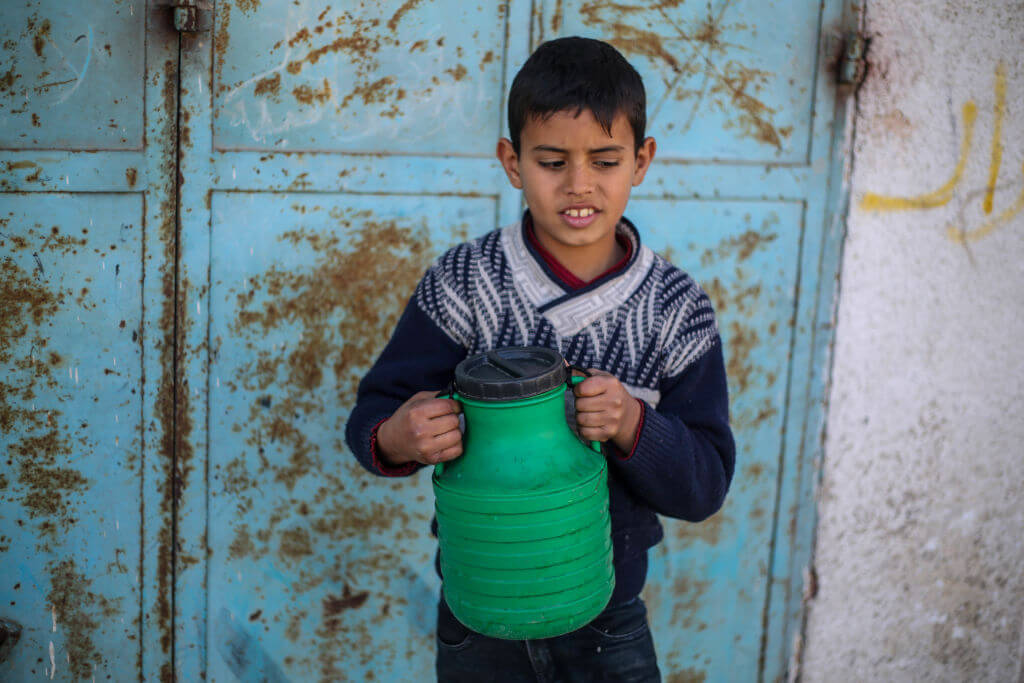The Mourning Kittel: When Grief Consumes All
In Genesis, when Jacob sees Joseph’s coat covered in blood, and thinks that his precious son is dead, he tears his clothes and begins to mourn. The act of tearing, keriah, is encoded in Jewish law as part of the ritual of mourning —whether expressing personal grief for a loved one or a national grief for the people’s destruction.
The act of tearing, of destroying clothes, is a visceral action full of rage and violence, physically expressing some of the many strong emotions one feels when one is bereaved. I also see it as making a symbolic break in personal identity. As a mourner, you are no longer the person you were. Something has shifted, something has ruptured in your life, and the experience of loss and grief can have a profound effect on identity. And so your clothing, that which represents your old self, is destroyed.
Grief can be also be a very lonely experience, isolating and alienating, and affects personal relationships and engagement with the world. For me, this is beautifully expressed in a piece called ‘Widow’ by the artist Susie MacMurray. There is something compelling and attractive about the shimmering silver, and yet up close you realize that this effect comes from rows and rows of large sharp pins sticking out of the leather dress. It is prickly and dangerous.
The Mourning Kittel reflects the emotional experience of loss and bereavement, when grief chokes the mourner, leaving her unable to speak. Loss manifests physically, like being punched in the stomach, leaving an agonizing pain where meaning and reason once were found.
The right sleeve is intact, with the opening stanza of the mourner’s kaddish “Yitgadal V’Yitgadash Shemai Rabbah…” embroidered on the cuff. An aide-memoire, as despite hearing these familiar words said by others, this mantra of praising God does not come easily. The left sleeve has been ripped apart, torn with some fragments hanging by a thread. The garment hasn’t been hemmed, but I’ve unravelled and frayed it at the edges.
I made this garment shorter than the other kittels, to give emphasis to the disintegrating sleeve. The collar is exaggerated, high-necked and tight, with coils of silver wire wrapped around it. The void in the center is made using a Japanese pattern-cutting technique called otoshiana — the drop hole — and is integrated into the seam lines that shape the garment to the body. The center seam above the void has an unfinished edge, reminiscent of the traditional keriah, tearing.
Finally, there is another connection with the rituals of mourning and clothing, a mourner is not supposed to celebrate and so should not buy new clothes. As I explored in the last kittel, new clothes make us happy, they offer hope of a fresh new start. As a mourner, the old self has been ripped apart by loss, but when experiencing grief, it is too soon to know what your new, post-mourning, identity will be.
The Kittel Collection is an on-going series of clothing pieces that explore the different ways clothing is used as a vehicle for meaning and identity within our tradition and literature. The kittel is a simple, white, garment used as a burial shroud. There are customs for men to wear a kittel on Seder night; on Rosh Hashana and Yom Kippur, especially by the cantor, who stands before God and leads the community in prayer. I am using the leitmotif of a kittel, playing with it, as it is clothing in its essence, as a basic form on which to project these different ideas of clothing. It is our equivalent of the simple white shirt.
Jacqueline Nicholls is a London-based artist whose “The Kittel Collection is being featured on The Sisterhood. Her website is www.jacquelinenicholls.com.
A message from our Publisher & CEO Rachel Fishman Feddersen

I hope you appreciated this article. Before you go, I’d like to ask you to please support the Forward’s award-winning, nonprofit journalism during this critical time.
We’ve set a goal to raise $260,000 by December 31. That’s an ambitious goal, but one that will give us the resources we need to invest in the high quality news, opinion, analysis and cultural coverage that isn’t available anywhere else.
If you feel inspired to make an impact, now is the time to give something back. Join us as a member at your most generous level.
— Rachel Fishman Feddersen, Publisher and CEO








